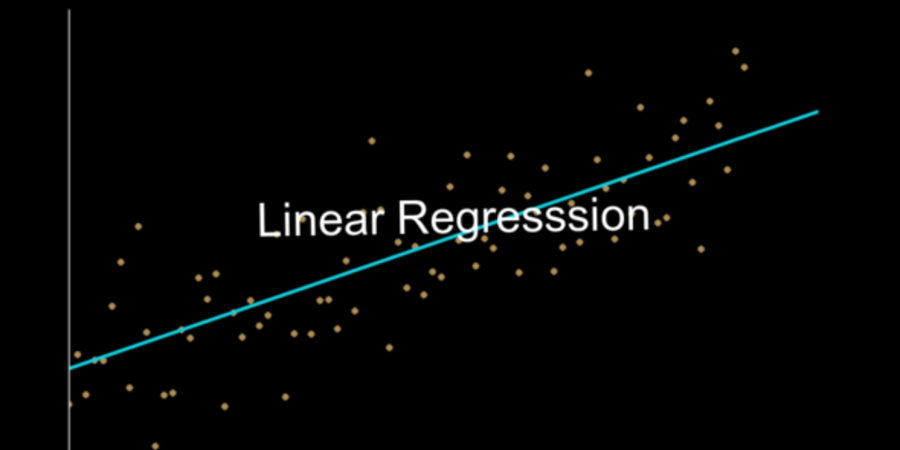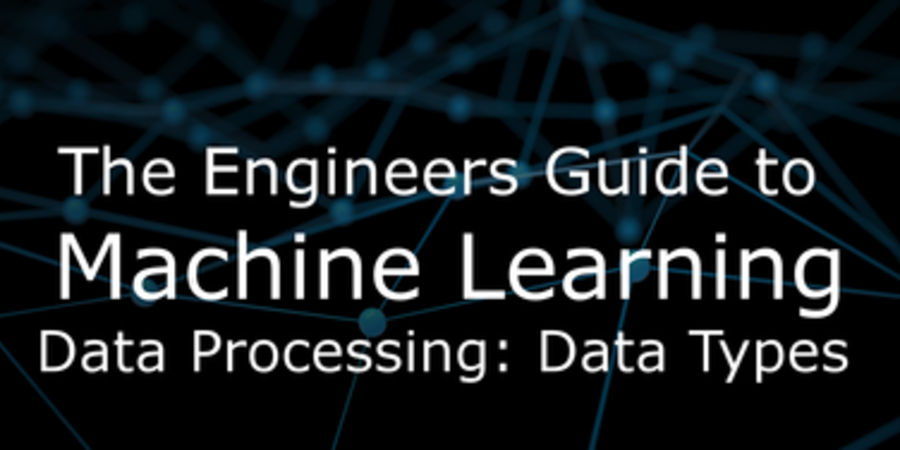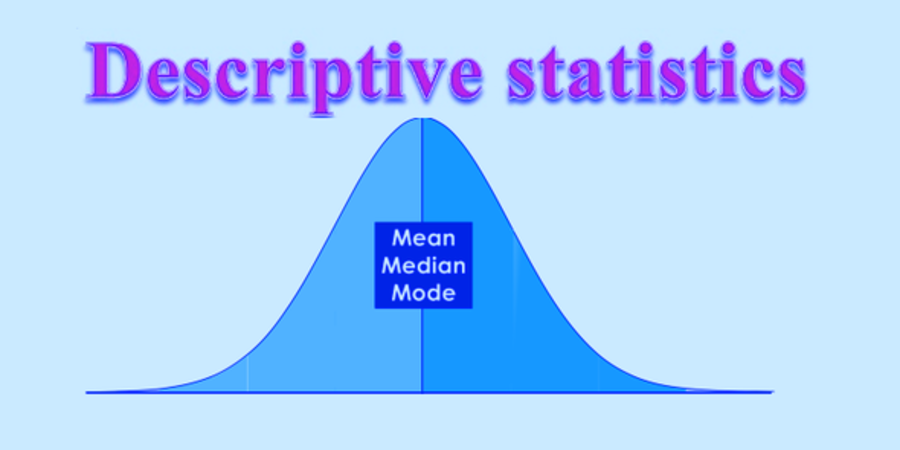To meet growing service and asset requests, agencies are looking to IT asset management solutions that incorporate robotic process automation and artificial intelligence. In recent years, IT asset management has become an important part of an overall security strategy for many agencies after several highly publicized security breaches. Incorporating RPA with AI into next-generation IT asset management solutions will also help agencies that are struggling to meet IT asset management objectives due to limited resources. Several key areas will see changes as a result of incorporating RPA and AI into IT asset management.












